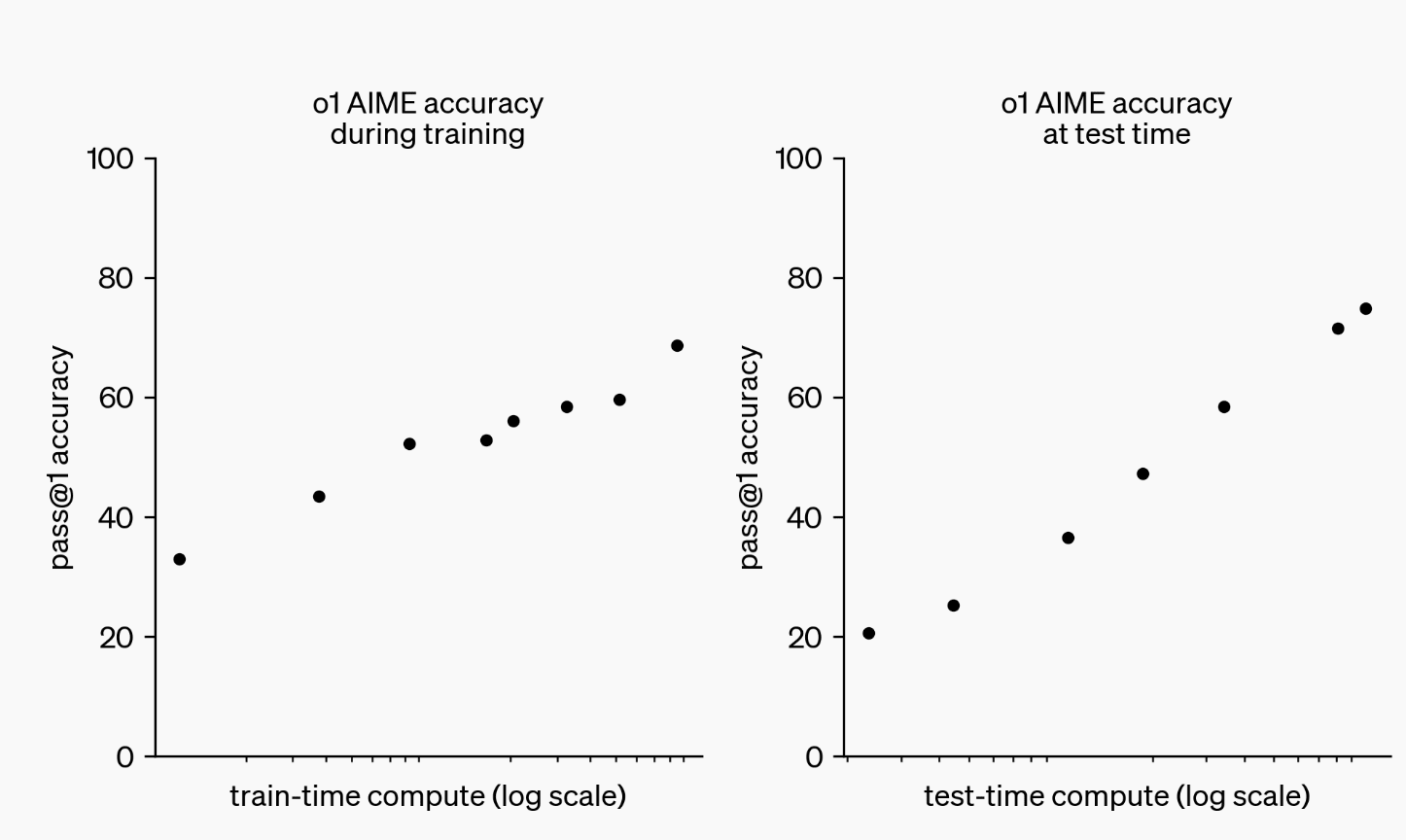I'll crosspost the comment I left on substack:
In Denmark the government has a service (ROFUS), which anyone can voluntarily sign up for to exclude themselves from all gambling providers operating in Denmark. You can exclude yourself for a limited duration or permanently. The decision cannot be revoked.
Before discussing whether gambling should be legal or illegal, I would encourage Americans to see how far they can get with similar initiatives first.
Is there any good write up on the gut/brain connection and the effect fecal transplants?
Watching the South Park episode where everyone tries to steal Tom Brady's poo got me wondering why this isn't actually a thing. I can imagine lots of possible explanations, ranging from "because it doesn't have much of an effect if you're healthy" to "because FDA".
On this view, adversarial examples arise from gradient descent being "too smart", not "too dumb": the program is fine; if the test suite didn't imply the behavior we wanted, that's our problem.
Shouldn't we expect to see RL models trained purely on self play not to have these issues then?
My understanding is that even models trained primarily with self play, such as katago, are vulnurable to adversarial attacks. If RL models are vulnurable to the same type of adversarial attacks, isn't that evidence against this theory?
The amount of inference compute isn't baked-in at pretraining time, so there is no tradeoff.
This doesn't make sense to me.
In a subscription based model, for example, companies would want to provide users the strongest completions for the least amount of compute.
If they estimate customers in total will use 1 quadrillion tokens before the release of their next model, they have to decide how much of the compute they are going to be dedicating to training versus inference. As one changes the parameters (subscription price, anticipated users, fixed costs for a training run, etc.) you'd expect to find the optimal ratio to change.
Test-time compute on one trace comes with a recommendation to cap reasoning tokens at 25K, so there might be 1-2 orders of magnitude more there with better context lengths. They are still not offering repeated sampling filtered by consensus or a reward model. If o1 proves sufficiently popular given its price, they might offer even more expensive options.
Thanks, this is a really good find!
Thanks!! this is exactly what I was looking for
With the release of openAI o1, I want to ask a question I've been wondering about for a few months.
Like the chinchilla paper, which estimated the optimal ratio of data to compute, are there any similar estimates for the optimal ratio of compute to spend on inference vs training?
In the release they show this chart:

The chart somewhat gets at what I want to know, but doesn't answer it completely. How much additional inference compute would I need a 1e25 o1-like model to perform as well as a one shotted 1e26?
Additionally, for some x number of queries, what is the optimal ratio of compute to spend on training versus inference? How does that change for different values of x?
Are there any public attempts at estimating this stuff? If so, where can I read about it?
If someone wants to set up a figgy group to play, I'd love to join
I agree the conclusion isn't great!
Not so surprisingly, many people read the last section as an endorsement of some version of "RCTism", but it's not actually a view I endorse myself.
What I really wanted to get at in this post was just how pervasive priors are, and how difficult it is to see past them.
Just played through it tonight. This was my first D&D.Sci, found it quite difficult and learned a a few things while working on it.
Initially I tried to figure out the best counters and found a few patterns (flamethrowers were especially good against certain units). I then tried to look and adjust for any chronology, but after tinkering around for a while without getting anywhere I gave up on that. Eventually I just went with a pretty brainless ML approach.
I ended up sending squads for 5 and 6 which managed a 13.89% and 53.15% chance of surviving, I think it's good I'm not in charge of any soldiers in real life!
Overall I had good fun, and I'm looking forward to looking at the next one.
One thing to highlight, which I only learned recently, is that the norm when submitting letters to the governor on any bill in California is to include: "Support" or "Oppose" in the subject line to clearly state the company's position.
Anthropic importantly did NOT include "support" in the subject line of the second letter. I don't know how to read this as anything else than that Anthropic did not support SB1047.